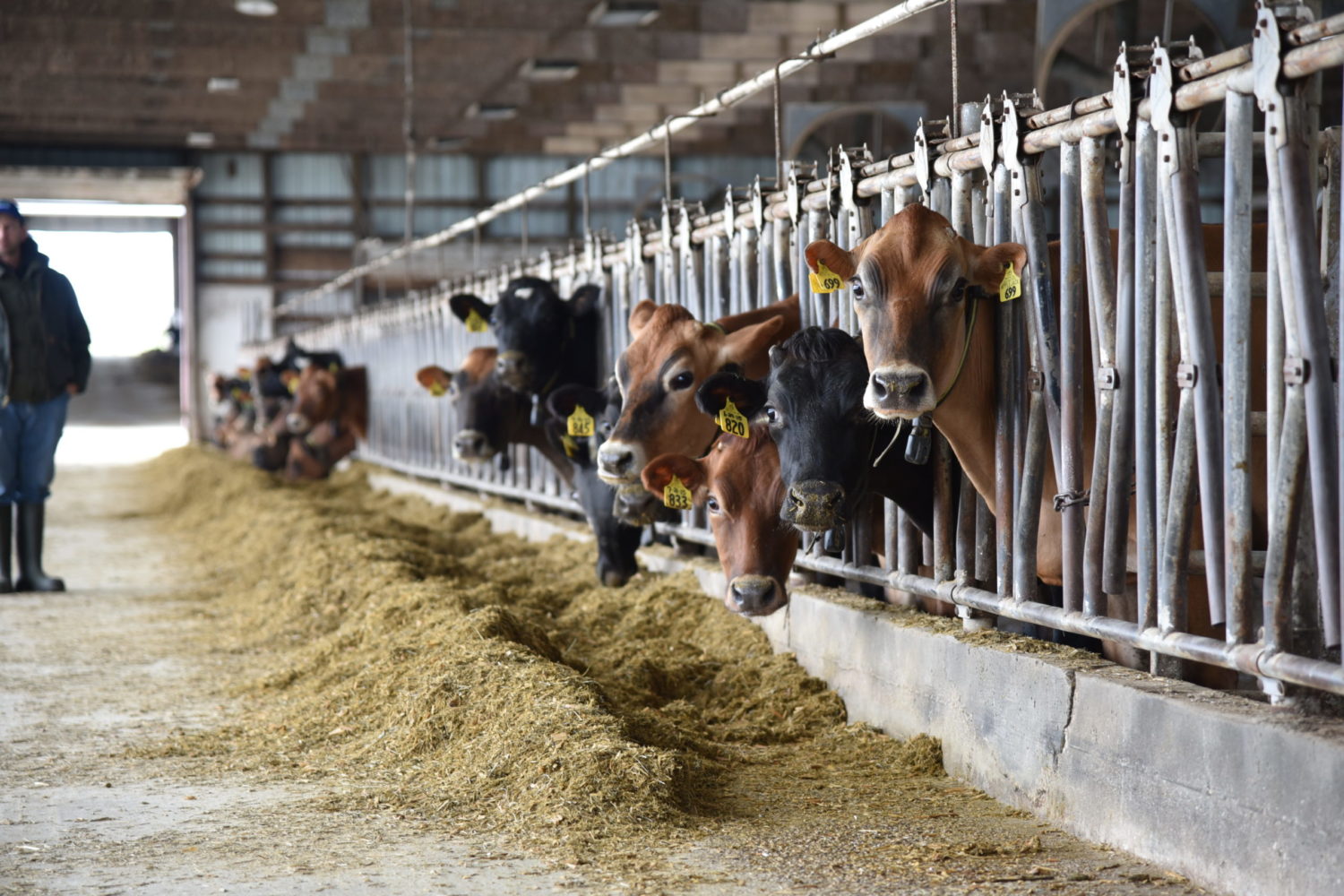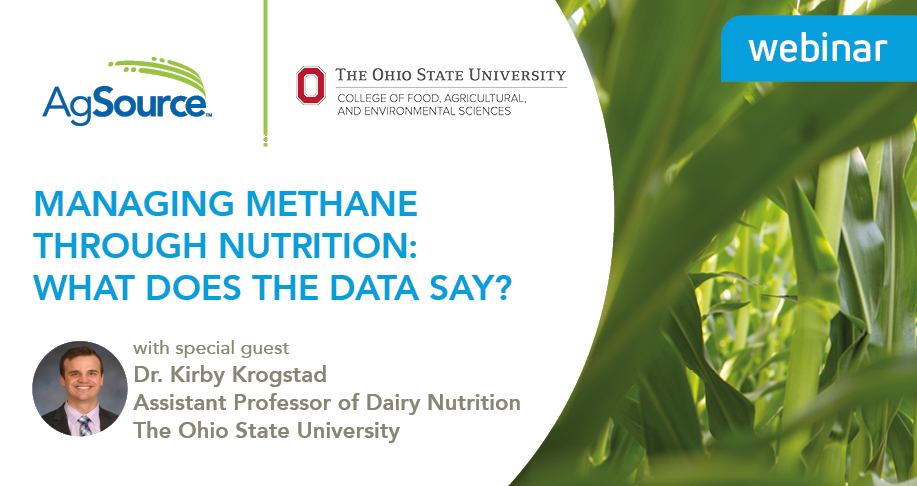Rethinking Dairy Sustainability: Where to Start
Sustainability has been at the forefront of many conversations lately, especially in agriculture. While dairy contributes only 2% of total U.S. greenhouse gas emissions, the industry’s scale is significant. In fact, if the U.S. dairy industry were a country, it would rank 49th globally in emissions.
This reality calls for a shift in how we approach dairy production, even if that means rethinking traditional practices. By focusing on an approach that’s both economical and eco-friendly, the dairy community can do our part towards a more sustainable future while potentially increasing profitability on-farm.
Optimizing nutrition strategies
A natural starting point for enhancing sustainability is dairy nutrition. Quality feed is the foundation of a successful dairy operation. Dr. Kirby Krogstad from The Ohio State University suggests that reevaluating the use of starch, fat and fiber in dairy rations could reduce methane emissions while boosting your return on investment.
Dr. Krogstad emphasizes that, much like balancing a ration, every decision involves tradeoffs. The more feed a dairy cow consumes, the more methane is produced. Specifically, diets higher in fiber tend to generate more methane, whereas increasing the starch and fat content can help reduce emissions. However, implementing these changes is not that simple. As any dairy farmer or consultant knows, making sudden adjustments without a carefully balanced approach can lead to health issues and negatively impact your bottom line.
To learn more about optimizing starch, fat and fiber levels in your dairy rations, and how feed additives can play a role in reducing methane emissions while maximizing returns, tune into AgSource’s Managing Methane Through Nutrition webinar where Dr. Krogstad delves into the data.

Maximize the tools at your disposal
Are you fully utilizing the resources available to you? Oftentimes, the tools you already have access to can provide valuable insights into your herd’s performance and highlight areas for improvement.
For instance, when you DHI test with AgSource, you gain access to a comprehensive suite of reports to help refine herd management and optimize nutritional strategies. The RumINSIGHT report offers an in-depth analysis of milk fatty acid composition, providing early insights into your herd’s rumen health and diet effectiveness – often before any issues are visibly apparent. This detailed information allows you to assess your herd’s performance on multiple levels, including:
- Herd level: Track historical trends within your herd and compare your milk fatty acid composition to other herds of similar size and management style within our database.
- Lactation number: Understand how first lactation animals compare to the more productive, mature cows in their third or greater lactation.
- Stage of lactation: Answer questions around fresh cow performance and evaluate how pre-dry off cows are being set up to perform in future lactations.
- Pen: Fine-tune rations based on pen-specific data and RumINSIGHT results. Conduct more informed trials of feed additives and ration changes using comparison groups.
By closely monitoring and optimizing milk fatty acids, you can significantly impact your bottom line. For example, a 1,000-cow dairy averaging 80 pounds of milk per cow per day with 3.5% fat and 3.1% protein could boost its daily revenue by over $700. That translates to more than $21,000 in additional revenue each month.
Dig into the data and stay informed
Sustainable and economic farming requires a commitment to ongoing learning and continuous improvement. Stay open-minded to new approaches and ask the tough questions to identify the best opportunities for your dairy to operate more efficiently. Weigh the tradeoffs – will a change deliver a solid return on investment?
Remember, what works for one dairy may not work for another, so rely on your trusted dairy field technicians, farm advisors and industry professionals. Conduct your own research to uncover strategies that will make your farm more sustainable.
Explore how nutrition strategies can reduce methane emissions on your farm. Check out AgSource’s Managing Methane Through Nutrition webinar today.
To learn more about the tools and resources available to you as an AgSource customer, connect with your local dairy field technician or call customer service at 800.236.4995.

